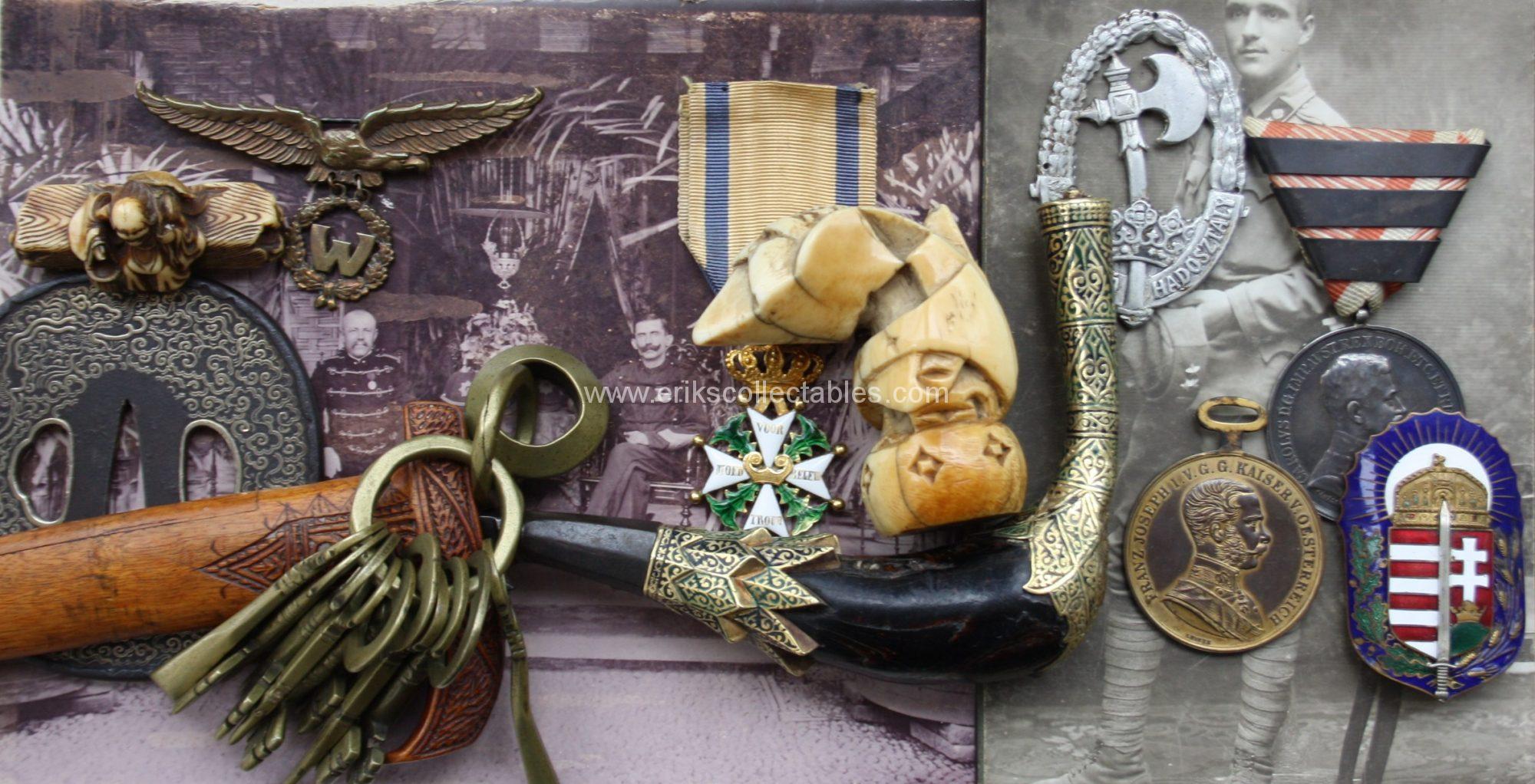This small grouping to one man, KuK mountain artillery. Gebirgs-Artillerieabteilung Nr 206, Batterie 1.
The papers are for his bronze bravery medal and his Karl Troop cross.
His leave paper from 1919 and based on the last paper in this group he also came into action during the Hungarian 1941 Erdély campaign as part of the artillery.
Including pictures of a ski trip on the well known Bosnian Bjelasnica mountain.


Up to the observatory. This mountain was an important strategic location and even was used in the last Bosnian war 1992-’95. At the top there is still an observatory today.

The postcard came with the group. It always nice to have a known reference point to a group of pictures!












































































